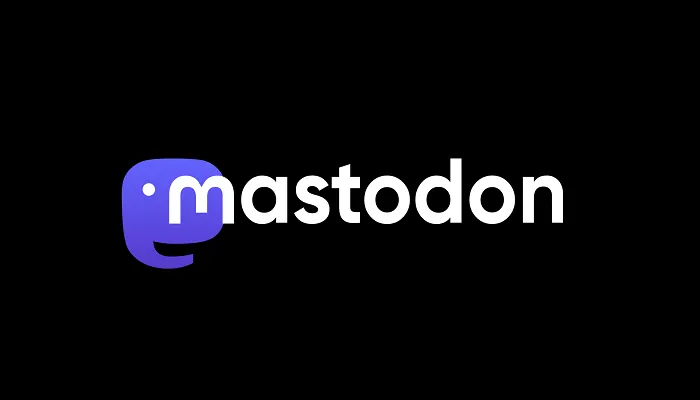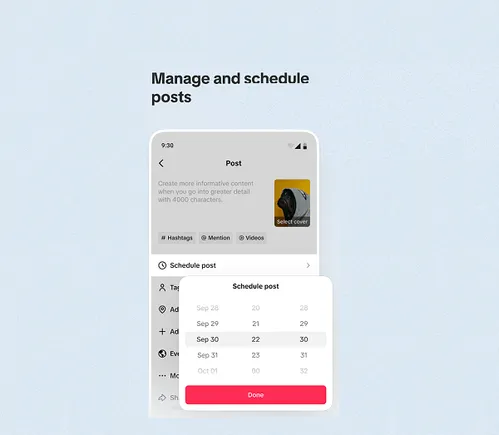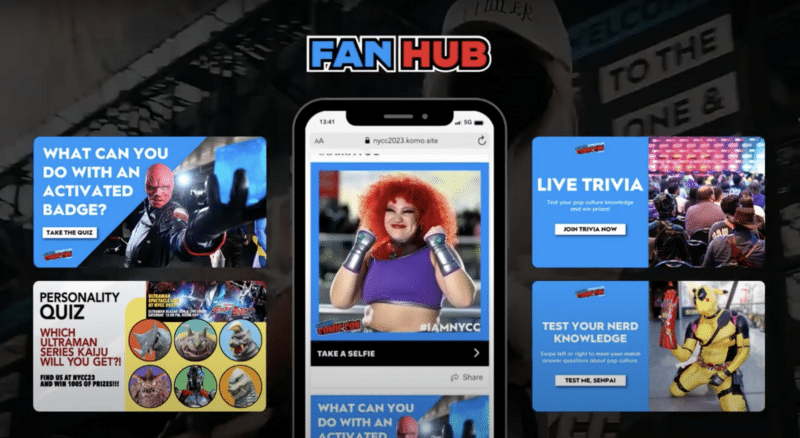Being a marketing leader is arguably one of the hardest jobs right now. You’re expected to achieve aggressive targets in an unrealistic timeframe on a limited budget with a small and often inexperienced team overwhelmed with demands. The good news is: you’re not alone.
As a coach to marketing executives and their teams, I’ve been talking with lots of them to understand what they’re struggling with and how they’re overcoming the challenges facing marketers today. These include hiring freezes, budget cuts, unrealistic targets, reduced awareness and increased price sensitivity, to name a few.
Some of these are the same challenges marketers have faced forever. But many are heightened to a new level given the economic difficulties that have disrupted corporations and consumers alike.
The post-pandemic timeframe has been just as volatile and unpredictable as its predecessor. There’s a lot of uncertainty, chaos and confusion around what’s happening, what will happen and what to do about it.
Across all of my conversations and coaching sessions, here are the three common patterns I’ve heard from marketing leaders about what they’re facing right now and how to overcome them.
1. Talk to customers
When times are good, talk to your customers. When times are bad, talk to your customers. You can never talk to your customers enough.
Especially in the current environment, it’s more important than ever to regularly talk to them. They want to give you feedback, share their opinion, feel heard and know you really care about them. Having conversations with customers helps build loyalty, increase retention and can even lead to upselling them on additional products or services.
All of these benefits are important, yet few marketing leaders are actually talking with customers on a regular basis. They don’t actually put any effort into starting conversations. It’s a shame since nothing bad can happen from talking to your customers.
Dig deeper: B2B marketing budgets stalled out in 2022
I firmly believe in customer proximity: Whoever is closest to the customer wins. And this often comes down to the companies that spend the most time in conversation, connection and community with their customers.
Talking to your customers will also help you identify what’s important to them. It’s your job to listen, synthesize and help translate this to the senior leadership for the company to focus on what really matters.
2. Prioritize ruthlessly
Marketing is like raspberry jam — the more you spread it the thinner it gets. This applies to your team, your budget and your efforts.
If you want to move the needle, you have to focus. It turns out that’s one of the hardest things for marketing leaders to do. Most leaders I spoke with had an overwhelming list of “priorities” and insufficient time or resources to invest in them.
We must accept our limitations and embrace them rather than hoping “it will all work out somehow.” If your budget was cut or your team has been reduced, you can’t continue at the same pace.
This requires a new level of decision-making and commitment, one that I refer to as ruthless prioritization. It prevents wasted time, money and effort and keeps the team on track to achieve their goals. And, most importantly, it’s fairly simple to adopt.
An important first step in this direction is communication. Marketing leaders must communicate these limits and fight to protect themselves and their teams. It’s your responsibility to draw a line in the sand and explain what it means to everyone in the company. If you don’t set boundaries and realistic expectations, no one else will.
You can always do more in the future … when you have more time, a bigger team and a new budget. Until then, you must prioritize ruthlessly.
And most marketing leaders agree that optimizing for conversions is one of the most important things to prioritize right now.
3. Optimize for conversions
Every marketing leader understands the importance of revenue. We must close deals, make sales, generate opportunities and capture leads. All of this comes down to conversions.
Unfortunately, most marketing simply doesn’t convert. Consumer behavior, price sensitivity and increasing competition are just a few of the reasons that driving conversions is hard, especially in today’s environment.
In addition, most marketing teams are too preoccupied with producing more content or launching the next campaign instead of optimizing for conversions. My conversations revealed that this is partly due to a lack of skills and a team to support it but also because of a lack of ruthless prioritization. We know that optimizing for conversions is essential, yet we ignore it because there are too many other things to focus on.
Instead of launching and moving on to the next campaign, it’s imperative to iterate and improve. To analyze and optimize. To invest in optimizing and improving your conversion rate.
This allows you to get a better result (and more revenue) with the same or fewer resources. Higher conversion rates lead to greater engagement, more leads, more sales and more revenue. Not to mention higher profit margins.
And, small improvements compound quickly. A slight improvement in the conversion rate of several areas of your marketing can add up to massive gains. Plus, your team will start to understand what works — and why — so they can continue to create marketing that converts from the beginning.
It should come as no surprise that optimizing for conversions relies on talking to your customers and is an effort you must prioritize ruthlessly. Regardless if you have a sizable budget and a sufficient team — or if you don’t — you’ll find the highest ROI from focusing on optimizing for conversions.
All of the marketing leaders expressed a constant challenge of balancing short-term wins versus long-term gains. How can we show results now while also driving future growth? This is where optimizing for conversions is the holy grail of marketing since it delivers both short-term and long-term results from a minimal upfront investment.
Focusing on the fundamentals
Regardless of the economic climate, competitive pressure, or consumer demand, marketing leaders will continue to face the same challenges. Doing more with less seems to be the constant.
It’s important to realize that there is no silver bullet. AI, TikTok and influencers won’t save your marketing. You’ll probably never have enough resources, a big enough team or sufficient support from the top. But don’t let that dissuade you.
Marketing is a job for those who are passionate about their audience, believe in their value proposition and will dive in head-first and face great challenges to achieve even the most ambitious goals.
Despite the limitations and difficulties, remember this: you’re not alone. Every marketing leader is facing a similar set of challenges. And all of us can step back, take a deep breath and revisit the fundamentals.
By talking to customers, being ruthless with our priorities and optimizing for conversions, marketing can become a bit easier and more manageable.
Get MarTech! Daily. Free. In your inbox.
Opinions expressed in this article are those of the guest author and not necessarily MarTech. Staff authors are listed here.








































































